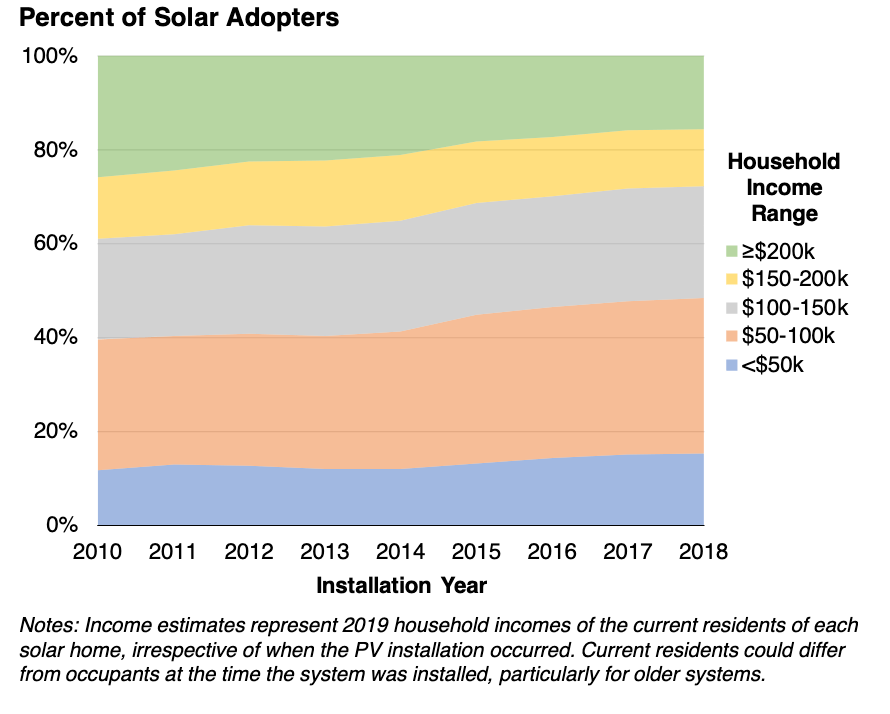Most of the material we publish on our website reflects thoughtful deliberation and careful research. This piece has a different theme––it offers some speculation about the relationship between energy democracy and large social and economic upheavals.
I’m writing this piece from my living room couch, my kids out of school and doing a “home school” schedule while my wife and I try to work. We’re trying to be kind to one another and ourselves, realizing that none of what we do will live up to our ordinary standard in an extraordinary time.
With that in mind, here are a few thoughts about how decentralized and democratized energy systems might help us weather things like the COVID-19 pandemic.
Affordability
As social distancing and business closures become the norm to contain the spread of coronavirus, huge numbers of people will lose hours, wages, or even their jobs. At its most basic, distributed energy like rooftop or community solar can help reduce energy bills. While almost trivial against the nature of the threat, it’s still a meaningful monetary benefit. A five-kilowatt solar array in an average solar resource can produce 7,000 kilowatt-hours per year, a savings of about $65 per month in reduced electricity use (at national average prices).
Paying the electric bill has a meaningful impact in most times of economic stress, with the threat of a utility shut off. Fortunately, most utilities are suspending disconnections for 30 days during the COVID-19 pandemic. Unfortunately, the need is likely to extend far beyond 30 days. Governments should be prepared to act to prevent utility disconnections that would otherwise happen due to widespread economic disruption.
Access to solar is also an issue of economic equity. Having access to bill savings from solar means a lot more if your electricity bill takes up more of your income. While it’s improving slowly, solar adopters tend to be wealthier than Americans as a whole. The following chart from the recent Berkeley Labs report, Income Trends among U.S. Residential Rooftop Solar Adopters, suggests fewer low-income Americans are accessing solar compared to their higher-income peers. About half of American households make more than $63,000 per year, compared to half of solar adopters making more than $100,000 annually.

Resiliency
We talk of resiliency from distributed energy systems typically in the context of natural disasters, such as fires or floods, that can cause widespread power outages. We rarely consider how this issue might transform under threat of a pandemic. For example, many cities are combining solar and energy storage to create resiliency centers where the community can gather and find phone charging, air conditioning, or other power-hungry services in case of a widespread power outage. But if the best medical advice is to avoid crowds and maintain social distance, then the more distributed the electricity generation (down to the individual rooftop), the better. We have a natural tendency to gather after disaster, but distributed energy resources can help us in a dual disaster situation by allowing us to gather in smaller numbers.
Distributed energy can’t solve a pandemic, but it helps to spend a few minutes trying to make sense of how energy democracy can have meaning at a time of unprecedented disruption.
Wishing health and peace to all of you.
Sincerely,
John
This article originally posted at ilsr.org. For timely updates, follow John Farrell on Twitter, our energy work on Facebook, or sign up to get the Energy Democracy weekly update.
Featured Photo Credit: ratsbeyfus via Flickr (CC BY-SA 2.0)





